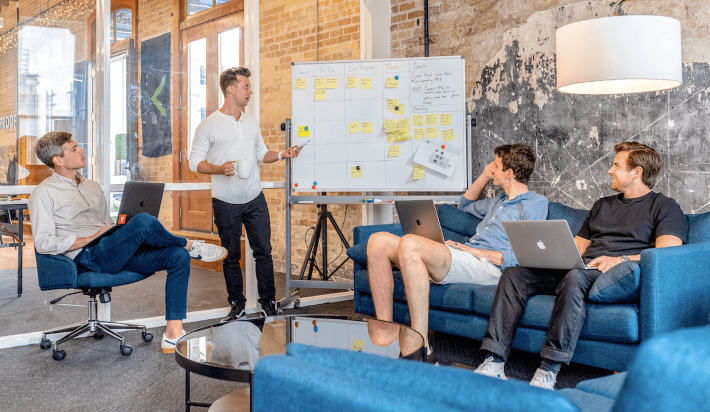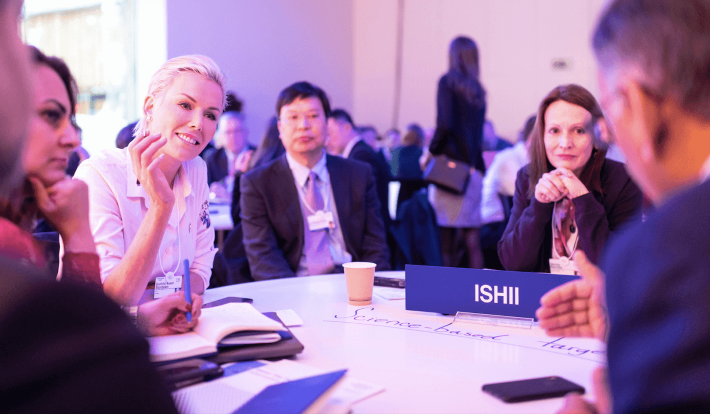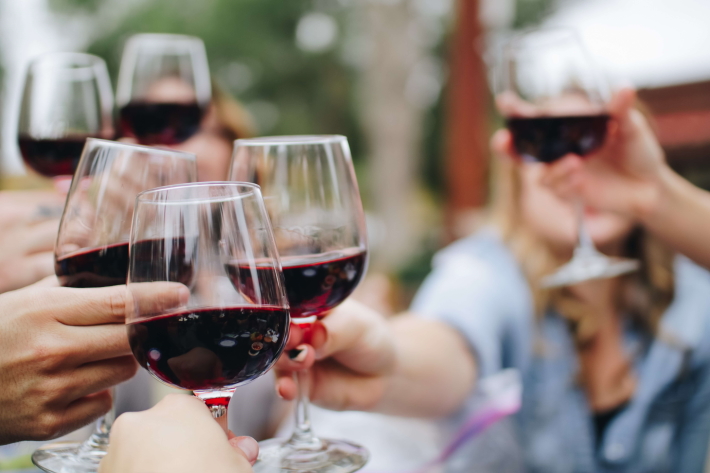
There’s no doubt that COVID-19 has changed the way we approach a lot of things — like events. Thanks to restrictions and social distancing guidelines, many events have been cancelled or reduced this year. With such limited numbers, it doesn’t always make sense to hire an event photographer.
If you have a company anniversary or another celebration coming up in these unprecedented times, why not take your own photos?
We asked the experts at Ted’s Cameras for their best event photography tips and techniques, and here’s what they said...
Aim to shoot in manual mode
If you don’t already own one, choose a camera with manual settings, like a DSLR or mirrorless model. That way, you’ll be able to shoot in manual mode, which gives you the best control over your final images.
In the leadup to your event, learn about shutter speed, aperture and ISO so you can adjust them as needed. These settings make up the “exposure triangle,” and they’re key to ending up with clear, crisp and bright images:
-
Aperture refers to the size of the opening that lets light into the camera, and it affects the depth of field of your image. To keep both the background and foreground of your image in focus, use a smaller aperture, such as f/13 or f/16. For a blurrier background, go for a larger aperture, like f/6.
-
Shutter speed is the length of time your camera’s shutter stays open when you’re taking a photo. A slow shutter speed should do the trick. It prevents camera shake and can be used to blur moving subjects — like the people in the background of the event.
-
ISO is your camera’s sensitivity to light. You generally want to stick with the base ISO, which is usually between 100 and 200. But if the event space is very dark, raise the ISO to prevent blurriness.
If manual shooting is too overwhelming at this stage, that’s okay! Set your camera to “Shutter Priority” or “Aperture Priority” until you’re more comfortable changing the settings on your own. And if you're shooting an outdoor event, be sure to consider the famous Sunny 16 Rule too.
Reach for a prime lens
Any experienced photographer will tell you that the lens matters more than the camera. Yes, really!
Your camera probably came with a standard zoom lens, which is the most versatile lens on offer. These lenses have multiple focal lengths, so you can zoom in or out of a scene by rotating the ring on the lens barrel. While zoom lenses are great everyday lenses, they’re designed as an entry point into serious photography. If you plan to continue photographing events, you may want to invest in a prime lens.
For events, you want to choose a lens with a longer focal length, like 60mm to 135mm so you can capture candid moments without drawing too much attention or distracting the attendees. We also recommend a lens with a faster aperture. Since they let in more light, they allow you to shoot at faster shutter speeds for sharper images.
Prop your camera on a tripod
Are you hoping to be in some of the photos, too? Instead of running the risk of handing your camera over to an inexperienced event attendee, bring a tripod.
A tripod will reduce camera shake and free up your hands so you can properly compose the scene and visualise where you’ll go before hopping in the frame.
You can even upgrade your event photography equipment setup and purchase a remote control. With a remote shutter release, you won’t need to rely on self-timer photos and make a mad dash to get into position while the camera counts down. You’ll have time to get into the frame before you fire the shutter with a discreet click of the button in the palm of your hand.
Think carefully about composition
The main purpose of event photographs is to document a special occasion, but you can still be creative and maximise their impact with good composition.
We’ll be honest: composing images at an event can be challenging. But trust us when we say it’s worth taking the time to think about how you’re framing your images.
Try not to position every single attendee in the dead centre of the frame. That makes it look like you’re ticking off boxes, rather than really capturing the feel of the event.
These are our photo composition tips:
-
Shoot the event attendees from an angle. This will add depth and interest to your photos.
-
Follow the Rule of Thirds. It can be hard to experiment with framing at an event, just because people are constantly moving around and there are so many moments to document. If you can, try to use the Rule of Thirds technique. This involves dividing your frame into a grid of nine boxes, and placing your subjects at the points where the line intersects. Most modern cameras have this grid feature built in, which makes your job easier!
-
Take lots of candid shots. Instead of announcing yourself for every photo and having the attendees pose, try to catch them in conversation. Chances are, you’ll end up with images where their personality and vibrancy shines through.
-
Include images of the decorations and decor. These visual cues are impactful and can spark memories later on, when you or the attendees are flicking through the photo album.
Bring an artificial light source
Lighting is one of the trickiest aspects of event photography. Many events take place in areas with very little natural light, so you’ll need to use an external source.
A hot-shoe mounted flash unit is an event photography solution. It’s much more powerful than your camera’s in-built flash, and it does a brilliant job of minimising harsh shadows and directing light where you want it. It’ll also make it easier to edit your photos in post-production.
Whatever you point the flash at will look bright in your photos. So, to create soft, even lighting that’s similar to natural light, try bouncing the flash off the ceilings and walls of the event.
If that’s not possible at the event, think about attaching a light shaping tool — like a diffuser — to your flash. This can help with producing a softer quality of light that’s more pleasing to the eye if you need to use direct flash.

Work the crowd
If your guests are comfortable and relaxed when they’re being photographed, you’ll end up with better images. The good news is, this step should be a breeze since you’re already familiar with the people at your event!
Nevertheless, here are some ways you can make your guests even more comfortable:
-
Chat for a while before taking the photo. Don’t just fire the flash and move on — small talk can go a long way!
-
Let your guests mingle and move freely. Remember, candid shots are often the best ones.
-
Try not to spend too long perfecting one photograph. The guests will most likely feel awkward, which will be evident in the images. If a photo isn’t working, it isn’t working — there will be plenty of other opportunities.
Think outside the box
Most of our event photography tips have been geared towards using a DSLR or mirrorless camera for traditional event photography. But you don’t need to limit yourself by any means.
Let’s say you’d rather not play the part of the professional photographer for the entire event. In this case, you could place a few instant cameras around the event and encourage guests to take their own shots. This is a great way to add images to the event album with very little effort (and stress), and it’s a popular tactic at weddings!
For larger events, consider using a drone to capture birds-eye shots of your guests mingling and conversing.
It’s all about recording memories that you can look back on in years to come, while still enjoying the event itself.
Learn basic tips for taking good photographs
If you’re ready to level up, check out Ted’s Cameras blog for even more event photography tips for beginners!

| < Prev | Next > |
|---|




